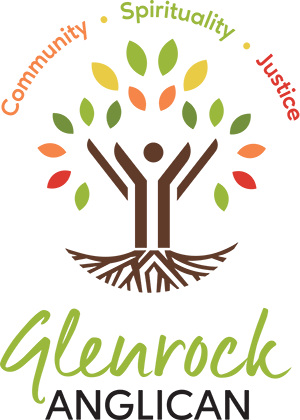Meditation: Finding our Still Place
By Rev Tracey Matthews
There’s a lot of talk these days about the benefits of meditation and stillness practices. This was once the domain of seasoned spiritual practitioners, but it’s now becoming much more mainstream. Neuroscience has shown us that meditation practices have a positive effect on the brain and mindfulness techniques play a key role in psychological therapies. Many schools are incorporating a time of meditation into student timetables and reporting the positive impacts on student performance and well-being.
We know stillness practices are beneficial, yet most of us struggle to incorporate into our daily lives. Our culture is built around hyper-activity and producing outcomes. We know this is causing widespread stress, anxiety and physical illness. How do we break this this pattern and find ways to nurture mind, body and soul?
One way is to be intentional about finding a still place in ourselves. We can only do this when we physically stop for a moment and let go of the thoughts and emotions that occupy our minds. The discipline of simply stopping what you are doing, is half the battle. Find somewhere quiet and find a comfortable position. Take a few deep breaths, in and out. Notice your body, your breathing, the sensations. Come in touch with yourself – your mind and your body. Keep breathing until you find an inner place of stillness. If your mind remains busy, don’t be alarmed. Don’t try and fight it, just notice these thoughts and try not to attach to them, just let them go. Just enjoy being with yourself, without external distractions or worries. Just rest in the still place that dwells within you. Do this for as long as you are able or as many times as you can throughout the day. As you incorporate this spiritual practice into your daily routine you’ll soon see the results.


